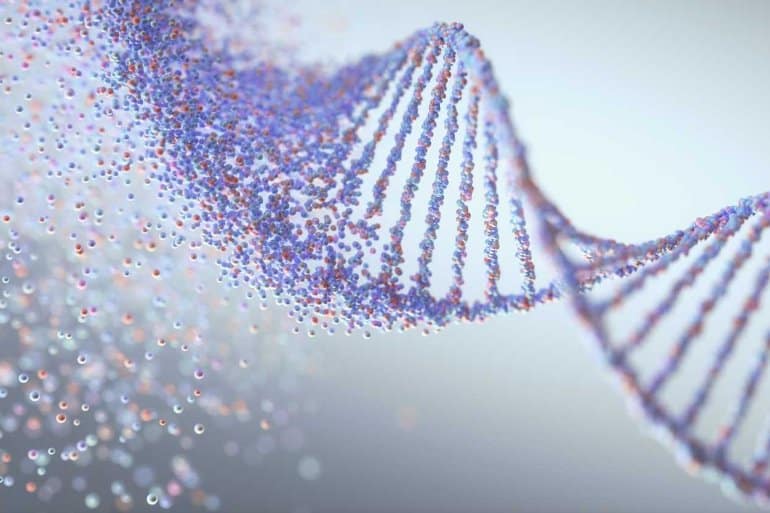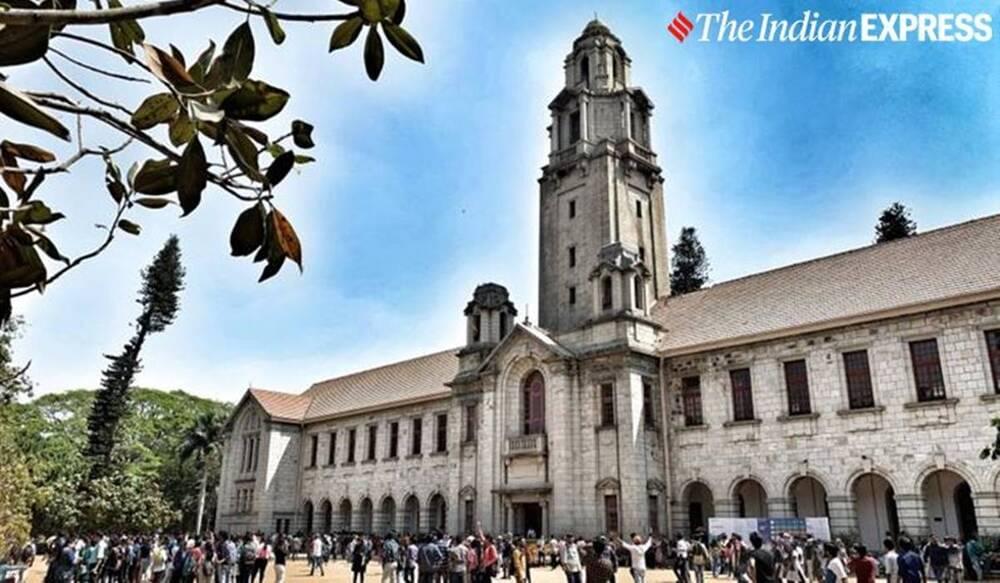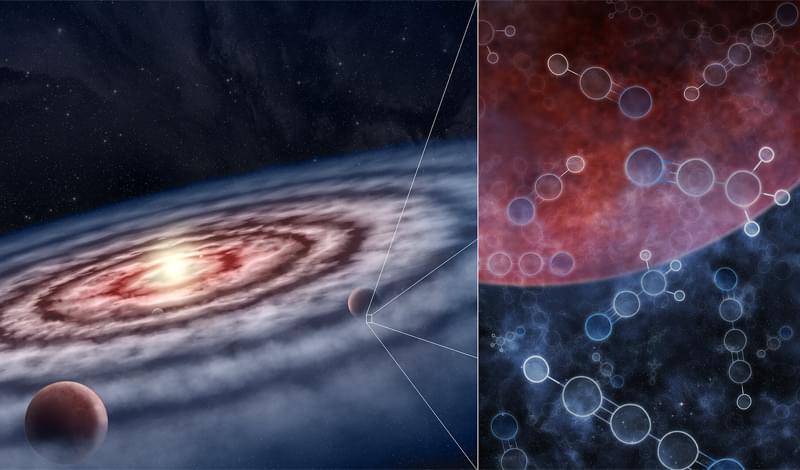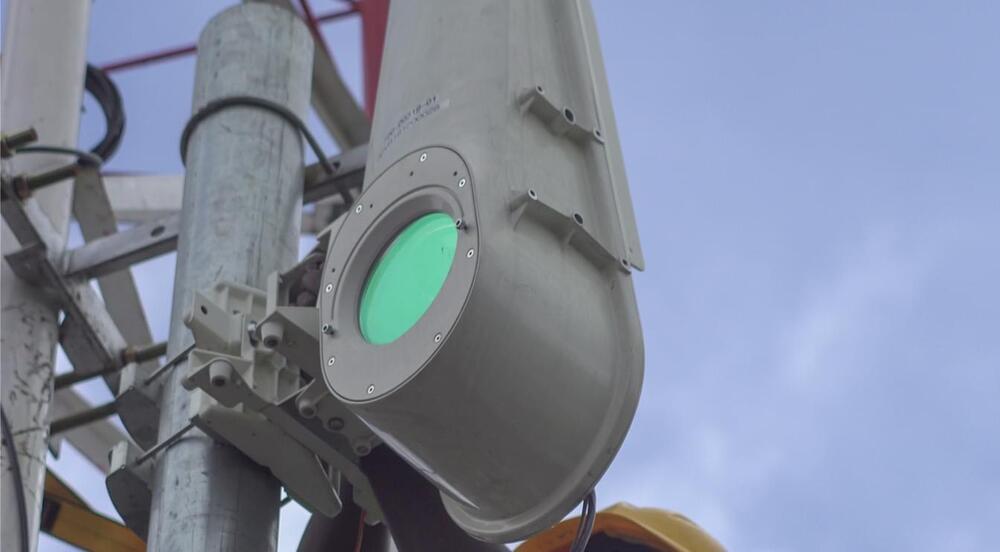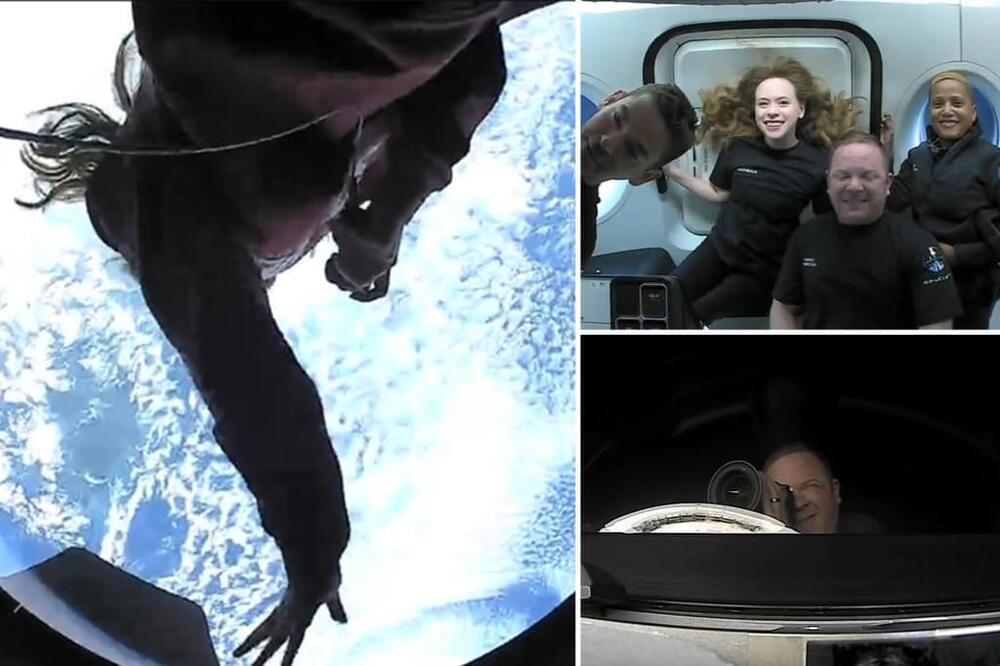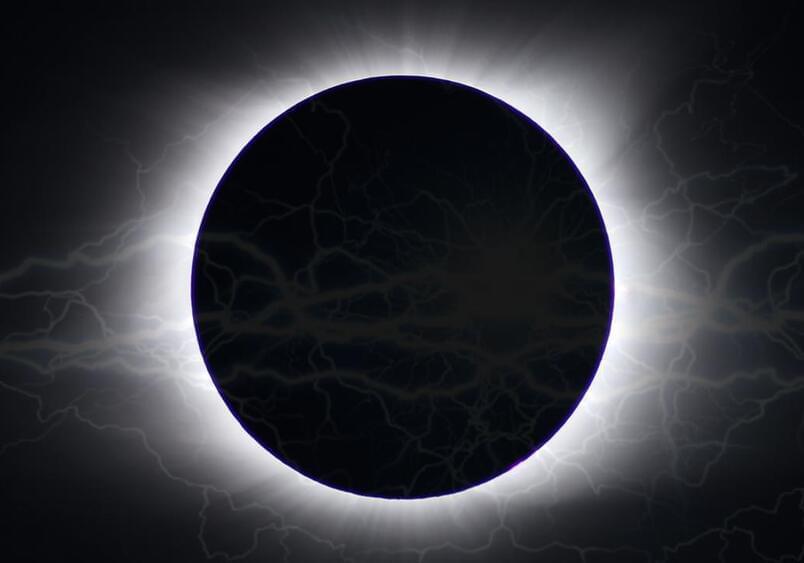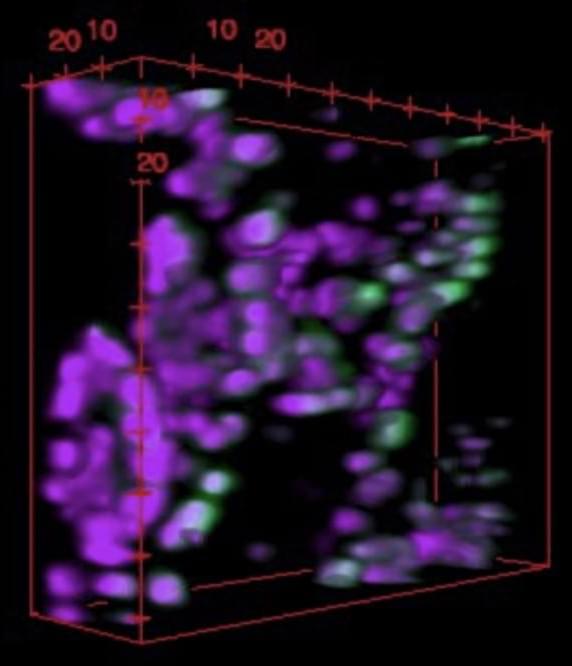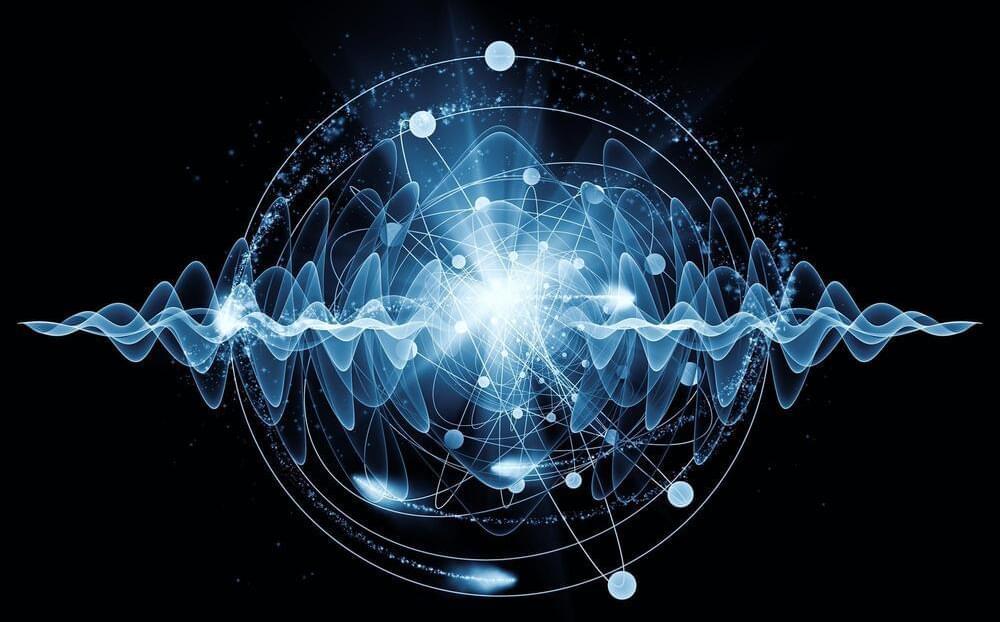Sep 17, 2021
New Gene Therapy Pathway Could Protect Us From Cancer and Dementia
Posted by Genevieve Klien in categories: biotech/medical, neuroscience
Summary: A newly identified gene therapy pathway has the potential to protect us against dementia and cancer, researchers report.
Source: University of Sheffield.
Researchers from the University of Sheffield have discovered a new gene therapy pathway that has uncovered an important regulatory mechanism to keep our genome healthy. This pathway has the potential to protect us against serious life-limiting diseases such as cancer and dementia.
